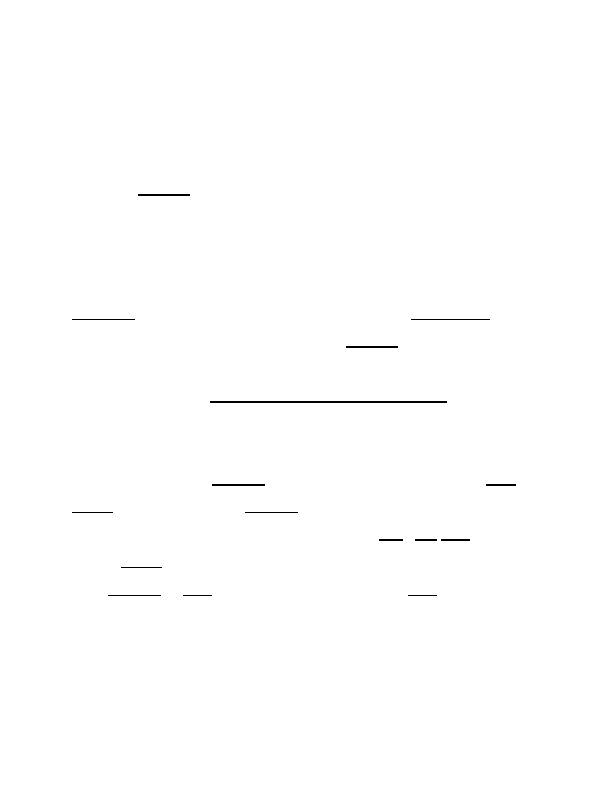
court stating that unless there is transformation there is no patentable process. That is
not what this passage means. In earlier opinions this court and its predecessor court
stated the correct view of this passage, as has the Supreme Court. The Court of
Customs and Patent Appeals observed:
[This Cochrane passage] has sometimes been misconstrued as a ‘rule’ or
‘definition’ requiring that all processes, to be patentable, must operate
physically on substances. Such a result misapprehends the nature of the
passage quoted as dictum, in its context, and the question being
discussed by the author of the opinion. To deduce such a rule from the
statement would be contrary to its intendment which was not to limit
process patentability but to point out that a process is not limited to the
means used in performing it.
In re Prater, 415 F.2d 1393, 1403 (C.C.P.A. 1969). Again in In re Schrader, 22 F.3d
290, 295 n.12 (Fed. Cir. 1994) this court noted that Cochrane did not limit patent eligible
subject matter to physical transformation, and that transformation of “intangibles” could
qualify for patenting. In AT&T Corp. v. Excel Communications, Inc., 172 F.3d 1352,
1358 (Fed. Cir. 1999), this court described physical transformation as “merely one
example of how a mathematical algorithm may bring about a useful application.”
The Court saw the Cochrane decision in its proper perspective. Both Flook and
Benson rejected the idea that Cochrane imposed the requirement of either specific
machinery or the transformation of matter, as discussed ante. See Flook, 437 U.S. at
588 n.9; Benson, 409 U.S. at 71. Non-transformative processes were not at issue in
either Cochrane or Diehr, and there is no endorsement in Diehr of a “machine-or-
transformation” requirement for patentable processes.
These early cases cannot be held now to require exclusion, from the Section 101
definition of “process,” of all processes that deal with data and information, whose only
2007-1130
16
